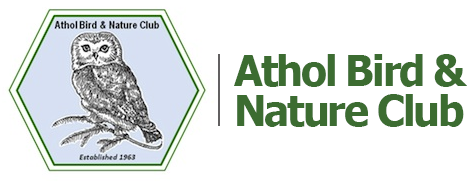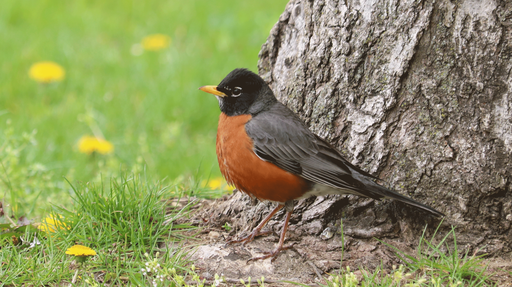American Robin
Turdus migratorius
Written by Kathy Richards
HABITAT:
Found across most of North America. They prefer open deciduous forests, mixed woodlands, forest edges, parks, fields, orchards, farms and yards. They will forage in gardens, agricultural fields, yards, golf courses.
They prefer to build early nests in conifers and later nests in deciduous trees. At one time the robin was a spring migrant but is now found in New England year round. In the winter robins will gather in flocks at night which they share with red-winged blackbirds (up to a quarter million birds).
BEHAVIOR:
The phoebe is one of the first spring migrants to return. It catches its food on the wing and is aided by its sharp pointed bill with bristles at the base of the beak. The phoebe is an extremely agile flyer making quick sharp turns and tumbling while flying. They will also have a couple of perches on low trees or fence lines to catch insects. While perching the phoebe will often wag its tail up and down.
The phoebes call is a monosyllabic 2 note call saying phoe-be with the first syllable accented (unlike the chickadee which is more melodic)
NESTING:
3-4 eggs are laid between the middle of April and end of July in a nest on a horizontal branch or forked branch. The nest is made of woven twigs on the outside and mud on the inside. Robins will often have 3 broods per year but only 40% are successful. Robins will often make their nests within 10 miles of where they hatched. Both parents take care of and feed the hatchlings for the 1st 2 weeks then the male takes over as the female has another brood.
FOOD:
Earthworms, fruit, honeysuckle berries, insects
PREDATOR:
Crows, domestic cats, hawks, snakes will prey on eggs and nestlings.

